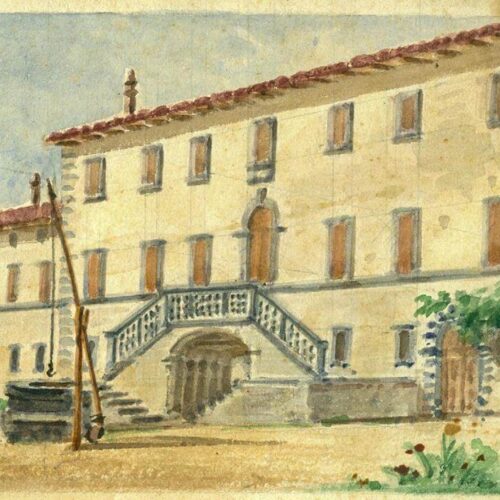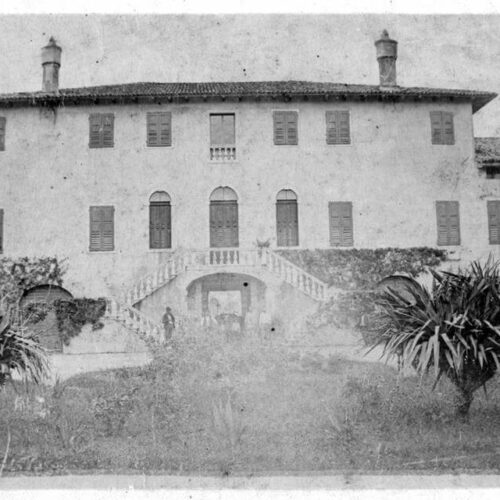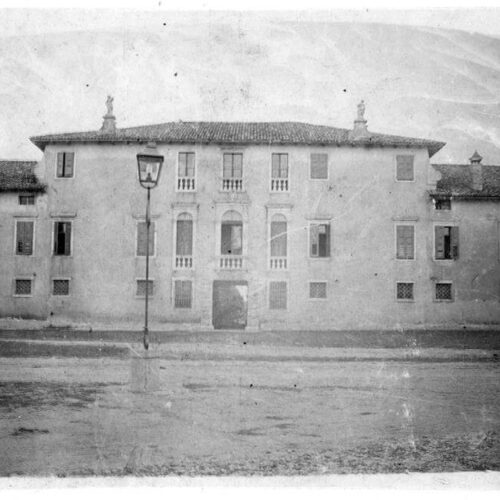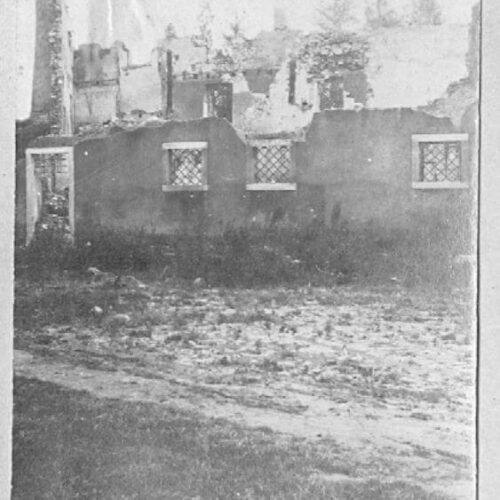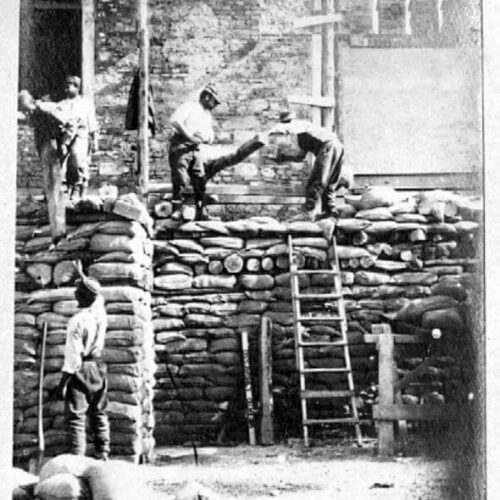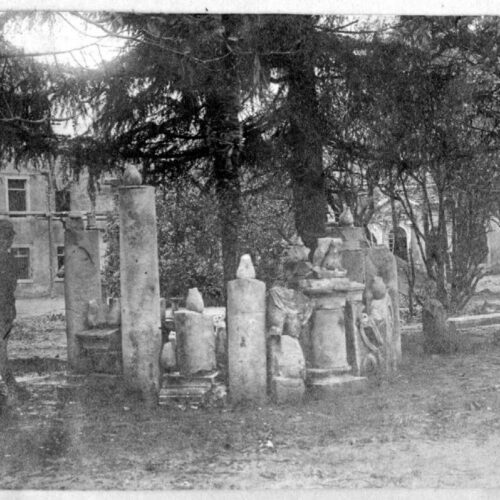THE HISTORY
The History of the Fabris Family
The de' Fabris familyoriginates from Carnia and already enrolled among the nobility of Tolmezzo in the 16th century. One of its members moved to Udine in this century and later acquired land in the Monfalcone area. Here, Ottavio de' Fabris at the end of the 17th century, settled in Begliano and built a palace for himself.
Ottavio de' Fabris was elevated to the rank of marquis in 1673 by the will of King Michael I of Poland, and the title passed down to all his descendants, up to the last marquis, Angelo de' Fabris (1854-1939), who promoted a significant restoration of the Villa in the late 19th century, in the form it has maintained to this day, as evidenced by photographs from the early 20th century.

A branch of the family moved from Begliano to Piran in Istria in the 18th century, where they acquired lands in Sežana, Savudrija, and Portorož (notable for the neoclassical villa built by the de' Fabris family in Portorož in the San Lorenzo area). They also formed connections with the Ventrella family, whocame into possession of the villa in Begliano, upon the death of Marquis Angelo in 1939.
At the end of the Second World War, having lost all their lands and houses in Istria, the Ventrella family relocated to Begliano and devoted themselves diligently to the management of the Monfalcone lands (in particular, Giuseppe Ventrella and his sister Livia until their deaths in 1946 and 2006, respectively).
Returning to the history of the Villa: in the framework of the renovation initiated by Angelo de' Fabris around 1880, there was a project for the reform of the Marquis de’ Fabris's Villa in Begliano, signed by the renowned Triestine architect Ruggero Berlam (1854-1920). This project envisioned the creation of gardens and ponds, along with some neo-Gothic buildings to be added to the 17th-century villa. However, this plan was never realized.
On June 18, 1883, the famous Triestine architect proposed a modest modification to the initial project, focusing only on the central body of the villa. He suggested a new colonnaded entrance hall and a general revision of the openings and decorative elements of the entrance facade. These works were carried out as proposed and are still visible today, despite the significant damage inflicted during the First World War, (See D. Dreos, "Villa de Fabris in the 19th Century and the Strange Case of Ruggero Berlam in Begliano," in "Bulletin of the Friulian Society of Archaeology," XXVI, 2, 2022, pp. 25-28, at the link: https://www.archeofriuli.it/wp-content/uploads/2022/12/ANNO-XXVI-N.-2-Dicembre-2022.pdf).

At the outbreak of the First World War, unfortunately, the Villa found itself on the Isonzo front line; in October 1915, the building was bombed and almost completely destroyed, losing all its interior furnishings. The Villa was hastily rebuilt in 1916 by the Italian army, which turned it into a military hospital.
Following the defeat at Caporetto in October 1917 and until the end of the war, for an entire year, the Villa was used by the Austro-Hungarian army, again as a military hospital. This is evident from an inscription on the wooden altar of the villa's chapel, which recalls how the Imperial and Royal reserve hospital of Csáktornya (now Cakovec) was transferred from Hungary to Begliano, where it remained available for the wounded from the Piave.
In the 1950s and 1960s, the Villa also served as a nursery for young children, run by nuns. Over time, its structure has undergone various changes to its current form, with numerous rooms, a banquet hall, a very spacious cellar, a valuable portico, a consecrated chapel, a large front garden, and an Italian-style garden at the back, adjacent to a vineyard.

Contact us to request an appoiment
We will be happy to accommodate your requests and provide information and quotations.
INFORMAZIONI GENERALI ED EVENTI: Email: villadefabris@villadefabris.it
WEDDINGS: Phone: +39 388 118 5423 - +39 348 580 7514
Email: wedding@villadefabris.it

